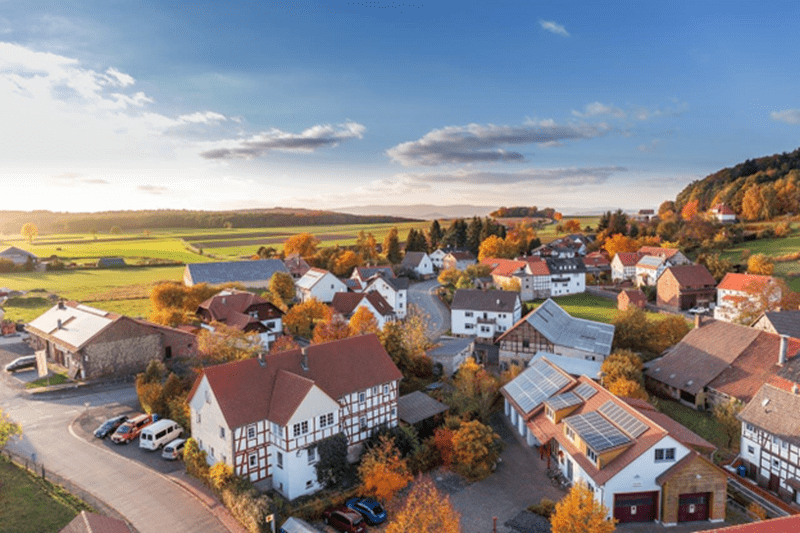In the past few years, the real estate industry has experienced a significant shift toward embracing eco-friendly practices and sustainable building designs.
This movement isn’t just about reducing environmental impact—it’s also about creating healthier, more efficient spaces for people to live and work in.
Let’s take a closer look at some of the key green building trends reshaping the real estate landscape and what you should be mindful of when you hire a real estate agent to help you meet your sustainability goals.
The Evolution of Green Building
Traditional construction methods have often been resource-intensive and environmentally damaging, but the idea of green building practices is changing how we view construction as a whole. Green building focuses on minimizing a structure’s impact on the environment throughout its lifecycle—from design and construction to operation and maintenance.
Introducing Passive Design
One of the main principles of green building is passive design, which involves using natural elements like sunlight, wind, and landscaping to elevate and increase a building’s efficiency. Features such as strategically placed windows for natural lighting and natural ventilation systems reduce the need for artificial heating and cooling.
Innovative Materials and Technologies
Another important aspect of eco-friendly construction is the use of innovative materials and technologies. Builders are looking for sustainable materials like bamboo, reclaimed wood, and recycled steel for construction. Additionally, advancements in energy-efficient technologies such as LED lighting, smart thermostats, and solar panels are becoming standard features in green buildings.
Energy Efficiency and Cost Savings
One of the most compelling reasons for embracing green building practices is the potential for energy savings. Energy-efficient buildings take in less power for heating, cooling, and lighting, leading to lower utility bills for occupants. Over time, these savings can offset the initial costs of implementing those green technologies in the first place.
Health and Well-being
Beyond the environmental benefits, green buildings prioritize human health and well-being. They often feature enhanced indoor air quality through efficient ventilation and the use of low-VOC paints and finishes. Studies have shown those living in green buildings experience fewer health issues and greater productivity.
Certifications and Standards
There are various certifications and standards that have been developed to assess and recognize green buildings. The LEED (Leadership in Energy and Environmental Design) certification, for example, rates buildings based on criteria such as energy efficiency, water conservation, and sustainable site development. Similarly, ENERGY STAR ratings evaluate a building’s energy performance compared to similar structures.
Market Demand and Future Outlook
As awareness of environmental issues grows and consumers become more conscious of their carbon footprint, the demand for green buildings continues to grow. Real estate developers and investors are recognizing the economic and social benefits of sustainability, leading to more acceptance and adoption of eco-friendly practices across the industry.
Conclusion
At the end of the day, the shift towards green building practices is transforming the real estate industry in significant ways. From reducing environmental impact and improving energy efficiency to enhancing human health and well-being, the benefits of eco-friendly construction are clear.
As this trend continues to gain momentum, we can expect to see a greener, more sustainable future for real estate development—one that prioritizes both the planet and the people who live on it.
Article Submitted By Community Writer




